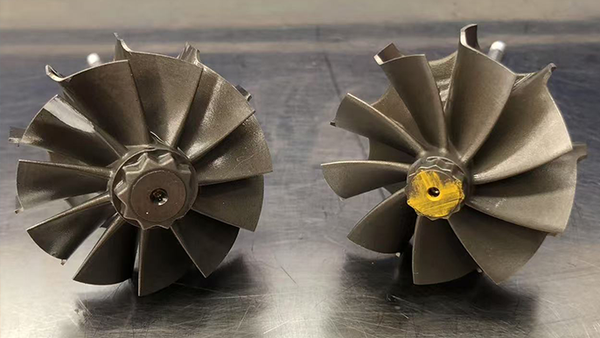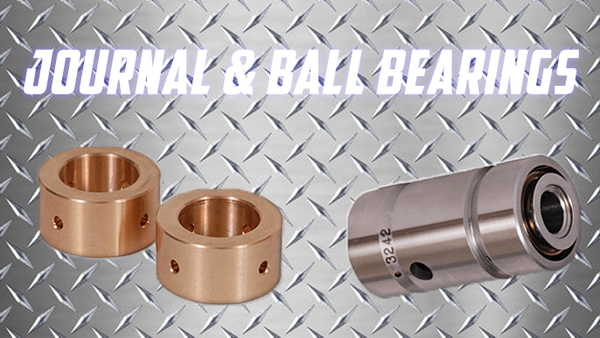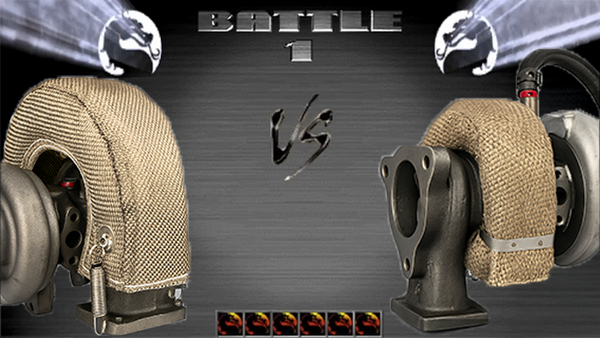Common Mechanical Issues in the Ford Ranger PX1/PX2/PX3 & Mazda BT-50 UP/UR
The Ford Ranger PX1, PX2, PX3 (2011-2022) and the Mazda BT-50 UP/UR (2011-2020) are among the most popular 4x4 utes in Australia, renowned for their reliability, off-road performance, and towing capabilities. However, like any vehicle, they come with their share of mechanical problems that owners should be aware of.
One of the most serious issues affecting these vehicles is oil pump failure, which can lead to catastrophic engine damage. In this blog, we’ll cover this issue along with other common faults, including problems with the turbocharger, intercooler, transmission, EGR system, cooling system, DPF, and drivetrain.
1. Turbocharger & Intercooler Failures
Turbocharger Issues (2.2L & 3.2L Duratorq Engines)
Turbo failures are common, particularly in high-mileage Rangers and BT-50s. Common causes include:
✅ Oil starvation – Caused by a clogged oil feed line.
✅ Boost leaks – Cracked or loose intercooler hoses reduce power and efficiency.
✅ Sticking turbo actuator – Can cause overboosting or underboosting.
Intercooler Cracks & Leaks
The factory intercooler is prone to cracking under high boost pressure, leading to:
🚨 Loss of power
🚨 Increased fuel consumption
🚨 Excessive black smoke from the exhaust
🔧 Solution: Upgrade to a stronger aftermarket intercooler and inspect hoses for leaks.
See our range of turbochargers here: Click Here
See our upgraded intercooler here: Click Here
2. Oil Pump Failure – A Critical Issue
One of the most serious and expensive failures in the Ford Ranger PX1/PX2/PX3 and Mazda BT-50 UP/UR is oil pump failure, particularly in the 3.2L 5-cylinder Duratorq engine.
Why Does the Oil Pump Fail?
🚨 Oil contamination – Sludge buildup can restrict oil flow and damage the pump.
🚨 Blocked oil pickup – A clogged pickup screen reduces lubrication, leading to failure.
🚨 Premature wear on the pump gears – Low-quality oil or lack of servicing accelerates wear.
Symptoms of a Failing Oil Pump
✅ Low oil pressure warning light on the dashboard
✅ Engine knocking noises due to insufficient lubrication
✅ Loss of power and increased engine temperature
💀 If ignored, a failing oil pump can lead to total engine failure.
🔧 Prevention:
✔️ Use high-quality, fully synthetic oil and change it every 10,000 km.
✔️ Regularly inspect for oil leaks and sludge buildup.
✔️ If you notice low oil pressure, stop driving immediately and check the oil pump.
3. Automatic Transmission Issues (6-Speed & 10-Speed)
The 6-speed (6R80) and 10-speed (10R80) automatic transmissions found in the PX2/PX3 Rangers and BT-50s commonly suffer from:
🚨 Harsh gear changes
🚨 Delayed engagement when shifting into Drive
🚨 Transmission overheating, especially when towing
🔧 How to Prevent Transmission Issues:
✔️ Regular fluid changes – Even though Ford does not include this in the service schedule, changing transmission fluid every 50,000 km can prevent failure.
✔️ Install an aftermarket transmission cooler to reduce heat buildup.
4. EGR (Exhaust Gas Recirculation) System Failures
The EGR system is prone to carbon buildup, leading to:
🚨 Poor fuel economy
🚨 Rough idling or hesitation
🚨 Check engine light (CEL) with EGR-related error codes
🔧 Fix: Regularly clean the EGR valve and intake manifold or consider an EGR delete kit (check local regulations).
5. Cooling System Problems
Overheating is a common issue in Rangers and BT-50s, especially when towing. Causes include:
✅ Cracked radiator tanks or leaking hoses
✅ Failing water pump leading to coolant leaks
✅ Blocked cooling passages due to neglected maintenance
🔧 Preventative Maintenance:
✔️ Flush the cooling system every 40,000–60,000 km
✔️ Use genuine Ford/Mazda coolant
✔️ Check hoses and water pump regularly for leaks
6. DPF (Diesel Particulate Filter) Issues
The DPF (Diesel Particulate Filter) can become clogged, especially if the vehicle is driven on short trips without proper regeneration.
Symptoms of a Clogged DPF:
🚨 Loss of power and sluggish acceleration
🚨 Increased fuel consumption
🚨 DPF warning light on the dashboard
🔧 How to Avoid DPF Issues:
✔️ Take the vehicle on regular highway drives to allow the DPF to regenerate.
✔️ Use high-quality diesel fuel to reduce soot buildup.
✔️ Perform a forced DPF regeneration if the filter becomes clogged.
7. Driveshaft & CV Joint Failures
Owners often experience:
✅ Driveline vibrations at highway speeds
✅ Clunking noises when accelerating or shifting gears
✅ Worn CV joints and universal joints
🔧 Fix: Regularly inspect and grease the driveshaft components, especially after off-road driving.
Final Thoughts – How to Keep Your PX Ranger or BT-50 Running Strong
The Ford Ranger PX1/PX2/PX3 and Mazda BT-50 UP/UR are fantastic utes, but regular maintenance is key to preventing costly repairs.
Top Maintenance Tips:
🔹 Change engine oil every 10,000 km – Protect the oil pump and turbocharger
🔹 Check transmission fluid regularly – Avoid costly gearbox failures
🔹 Inspect intercooler & boost hoses – Prevent power loss
🔹 Flush the cooling system every 40,000 km – Prevent overheating
🔹 Perform highway drives – Keep the DPF system clean
By staying proactive with maintenance, you can ensure years of reliable performance from your Ford Ranger or Mazda BT-50. 🚗💨
🔧 Have you experienced any of these issues with your Ranger or BT-50? Let us know in the comments! 👇



